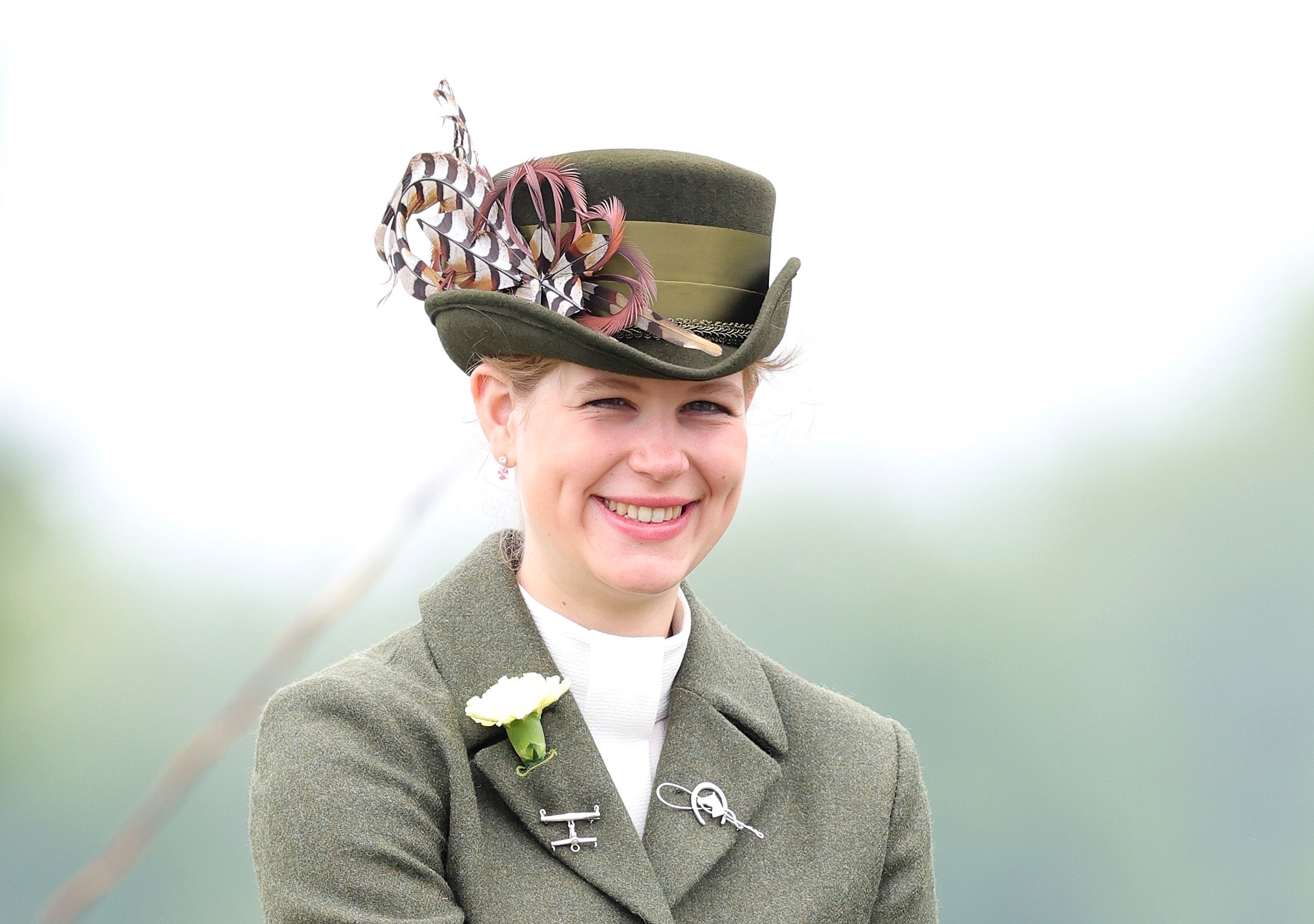Lady Louise Windsor: What is the rare eye condition she was born with?
The Queen’s granddaughter has esotropia – a condition that makes people’s eyes look in different directions

Lady Louise Windsor was pushed back under the nation’s spotlight this week after her recent A-level success saw her earn a place at St Andrews University in Scotland.
Louise, 18, who is the Queen’s granddaughter and daughter of Prince Edward and Sophie, Countess of Wessex, will study English at the same university as her older cousin, Prince William, who graduated from prestigious institution in 2005.
Louise has made a number of public appearances over the past few months, most recently accompanying her parents and her younger brother, James, Viscount Severn, to the swimming events at the Commonwealth Games in Birmingham.
She also took part in several events to celebrate the Queen’s platinum jubilee in June, including the Trooping the Colour parade, after which she appeared on the Buckingham Palace balcony.
Those who do not follow the royals closely may not be aware that Louise – who is one of the more seldom-seen family members – was born with a rare eye condition called esotropia, or “squint”.
What is esotropia?
Esotropia is a condition that makes people’s eyes look in different directions.
Although in a lot of cases it can come and go without causing the sufferer much bother, it can cause problems if it happens all the time and is left untreated.
Louise underwent surgeries to fix her eyes, including one which failed, and her mother, Sophie, has previously spoken out about her daughter’s condition.
“Premature babies can often have squints because the eyes are the last thing in the baby package to really be finalised,” she told The Sunday Express.
“Her squint was quite profound when she was tiny and it takes time to correct it.
“You’ve got to make sure one eye doesn’t become more dominant than the other but she’s fine now – her eyesight is perfect.”
Louise underwent her first operation for the condition to correct her eyesight in January 2006, but it was not successful and her squint persisted until she was 10, at which point she was able to correct it.
According to the NHS, “it’s important not to ignore a squint that happens all the time or occurs after 3 months of age”.
Squints can also arise for a number of reasons. Common triggers for the condition are developmental issues or genetic conditions, but it can also develop as a way for the eyes trying to overcome short and long-sightedness.
If left untreated, it can lead to persistent double or blurred vision, as well as a lazy eye which can alter eyesight.
Surgery is one means of treating the condition, but doctors often recommened using glasses or doing regular eye exercises.
Subscribe to Independent Premium to bookmark this article
Want to bookmark your favourite articles and stories to read or reference later? Start your Independent Premium subscription today.

Join our commenting forum
Join thought-provoking conversations, follow other Independent readers and see their replies